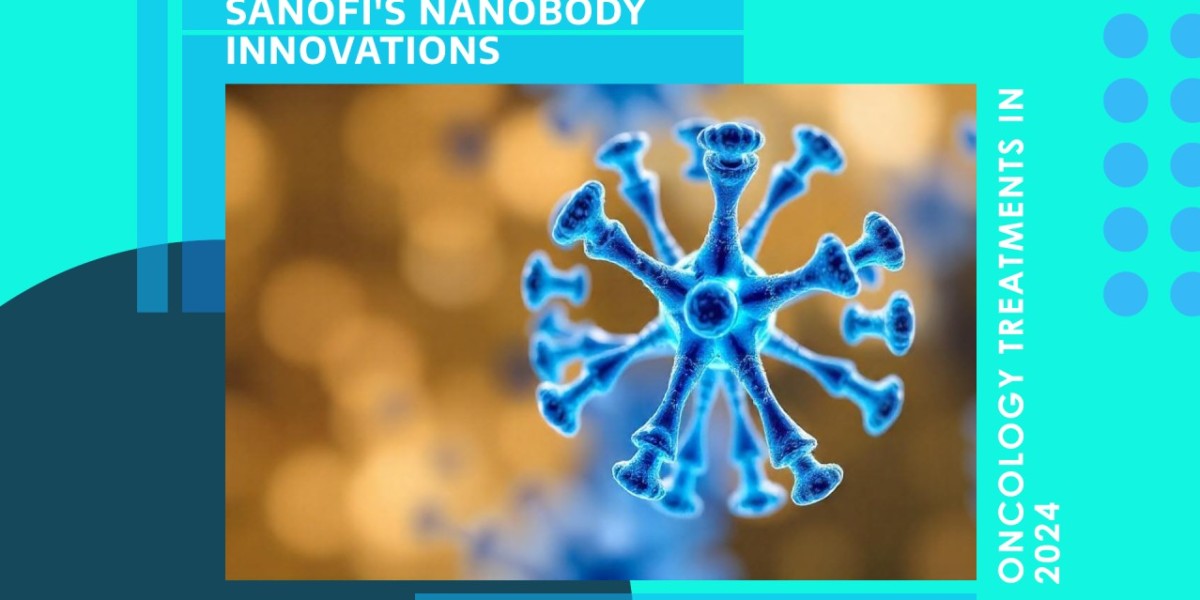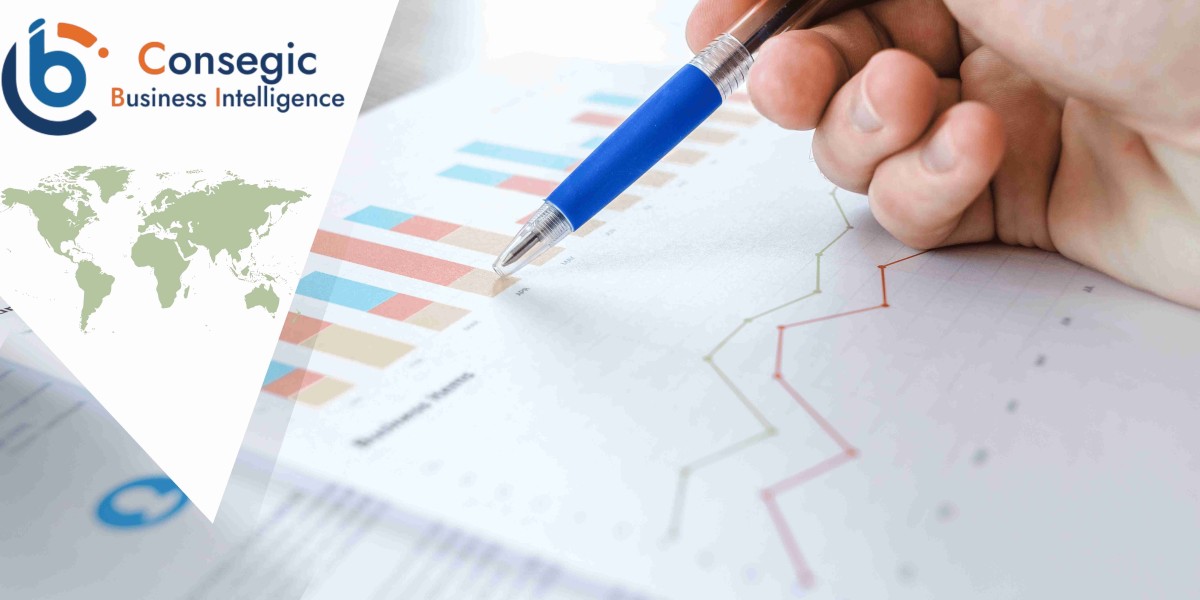What Are the Key Drivers Behind the Adoption of Nanobodies by Pharmaceutical & Biotechnology Companies?
Pharmaceutical and biotechnology companies are rapidly adopting nanobodies due to their unique advantages over traditional antibodies. Nanobodies are small, single-domain antibodies derived from heavy-chain-only antibodies found in animals like camels and llamas.
Their small size allows for better tissue penetration, higher stability, and lower immunogenicity, making them ideal for drug development, particularly in oncology, immunotherapy, and infectious diseases.
For instance, Sanofi has been pioneering the development of nanobody-based therapies for cancer treatment.
Similarly, Merck KGaA is exploring nanobodies for immunomodulatory applications.
These innovations are driving the demand for nanobodies in clinical trials, with numerous companies leveraging their potential to enhance drug specificity and efficacy.
Additionally, companies like GenScript and Novartis AG are focusing on scaling up the production of nanobodies for therapeutic use, addressing the growing need for alternative biologics in personalized medicine.
How Are Research Laboratories Leveraging Nanobodies for Therapeutic and Diagnostic Innovations?
Research laboratories are at the forefront of nanobody innovation, employing these molecules in various therapeutic and diagnostic applications. Nanobodies are not only used for drug discovery but also for diagnostic tools, biosensors, and molecular imaging.
This is because their small size and high binding affinity make them suitable for detecting specific biomarkers in diseases such as cancer, neurodegenerative disorders, and viral infections.
BIOCYTOGEN and Proteintech Group, Inc are leaders in nanobody research, utilizing advanced techniques like CRISPR to enhance nanobody design for more targeted therapies.
Sensei Biotherapeutics, Inc has also developed cutting-edge technologies that harness nanobodies for immune system modulation, particularly in cancer immunotherapy.
Moreover, research labs often collaborate with pharmaceutical companies, facilitating the transition of nanobodies from preclinical research to clinical application.
The synergies between academic research and commercial biopharma companies are accelerating nanobody innovations, particularly in therapeutic antibodies.
What Percentage of Nanobody Market Revenue Is Generated by Pharmaceutical & Biotechnology Companies Versus Research Laboratories?
The nanobody market is primarily driven by pharmaceutical and biotechnology companies, which contribute a significant share of market revenue.
These companies are focused on nanobody-based drug development, particularly for diseases with high unmet medical needs, such as cancer and autoimmune disorders.
In 2024, it's estimated that around 60-70% of nanobody market revenue comes from pharmaceutical and biotech firms.
This growth is fueled by the increasing number of clinical trials and regulatory approvals for nanobody-based therapies.
Research laboratories, while smaller contributors in terms of direct revenue generation, play a critical role in early-stage development and innovation. Laboratories collaborate with pharmaceutical companies to develop nanobody-based drugs, diagnostics, and research tools.
ExeVir Bio, for example, focuses on leveraging nanobodies for infectious disease therapies, such as COVID-19, in collaboration with academic and research institutions.
What Challenges Are Faced by End Users in Integrating Nanobodies Into Existing Research and Development Processes?
Despite their promise, several challenges exist in integrating nanobodies into R&D processes for pharmaceutical and biotechnology companies as well as research laboratories.
One major challenge is scaling up production to meet clinical and commercial demands. Companies like Beroni Group and DiosCURE Therapeutics SE are addressing this by developing innovative bioprocessing technologies to increase yield and maintain nanobody stability during production.
Another challenge is the regulatory landscape. Since nanobodies are a relatively new class of therapeutic agents, navigating the regulatory requirements can be complex.
Taisho Pharmaceutical Holdings Co., Ltd has been at the forefront of overcoming these regulatory hurdles, particularly in Japan and other Asian markets.
Additionally, ensuring the long-term stability and bioavailability of nanobodies in various formulations is an ongoing concern for pharmaceutical manufacturers.
Furthermore, the development of delivery mechanisms for nanobodies poses technical challenges, as their small size requires novel drug delivery systems to ensure effective targeting and bioactivity.
The nanobody market is rapidly expanding, with pharmaceutical and biotechnology companies, research laboratories, and other end users all playing significant roles in driving innovation.
Key players like Sanofi, Merck KGaA, and BIOCYTOGEN are at the forefront of these advancements, leveraging the unique properties of nanobodies to create next-generation therapeutics and diagnostics.
However, challenges such as scaling production, regulatory navigation, and effective delivery must be addressed to fully unlock the potential of this emerging field.
For more information visit at MarketResearchFuture
Other Trending Reports



